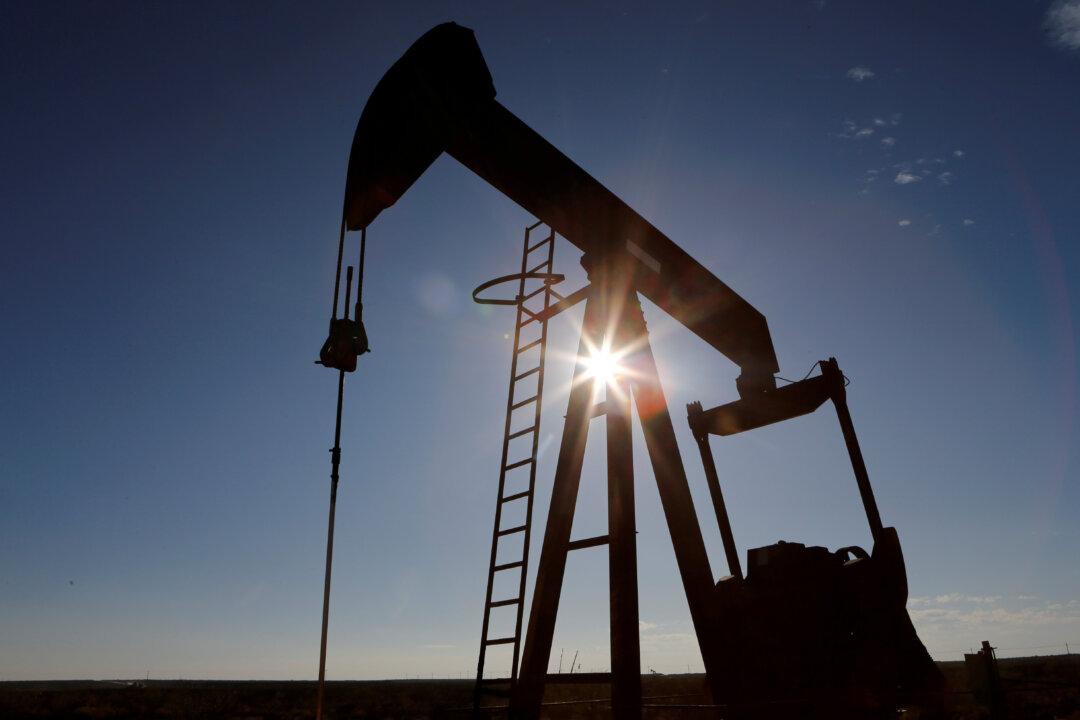The price of oil plunged by over 1.5 percent and gasoline futures similarly dipped lower intraday on Sept. 7, as Saudi Arabia slashed prices of Asian crude supply and lackluster economic recovery in China clouds expectations for a pickup in demand.
Brent crude was trading at $41.91 a barrel, down 75 cents or 1.8 percent, by 1:50 p.m. GMT, after earlier falling to $41.51, its lowest since July 30. U.S. West Texas Intermediate fell 77 cents, or 1.9 percent, to $39.00 per barrel after hitting $38.55, its lowest since July 10. Gasoline futures were down 1.38 percent at 12:15 p.m. EDT.





